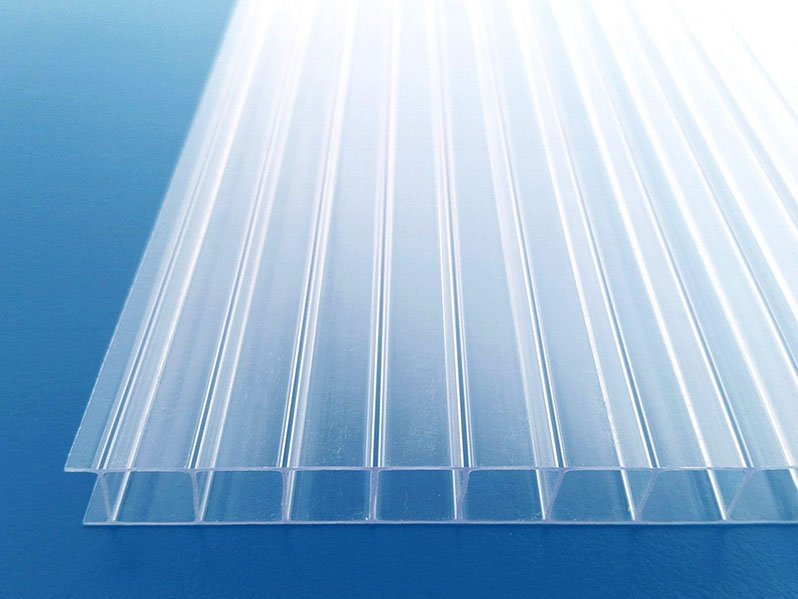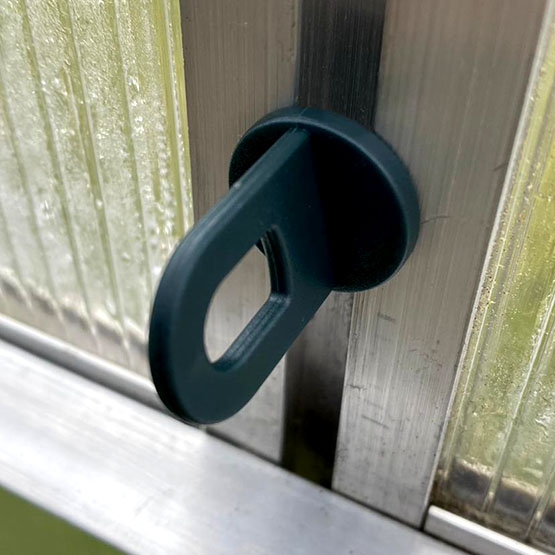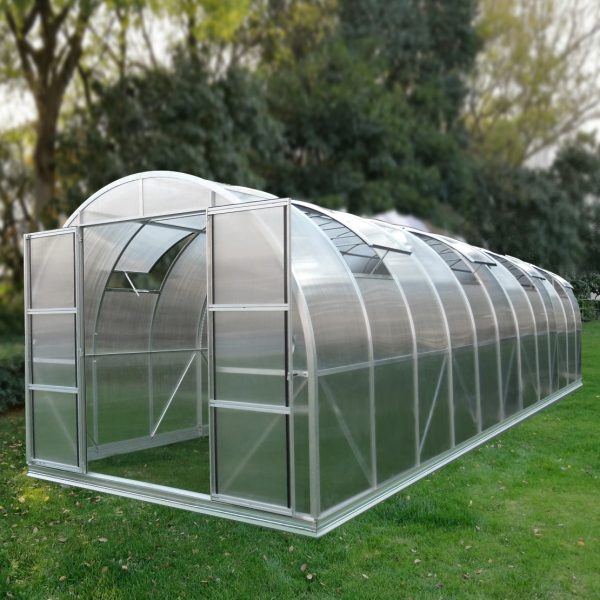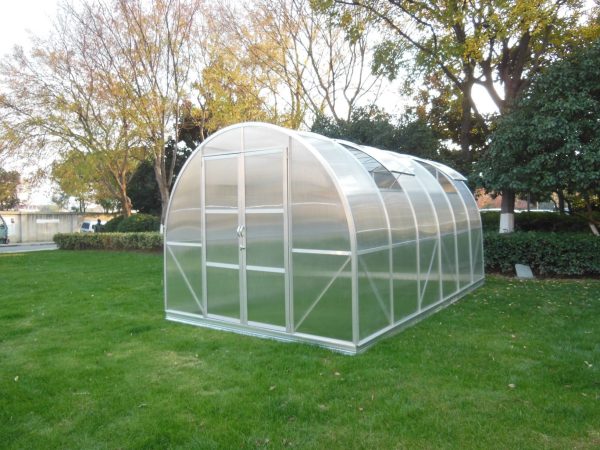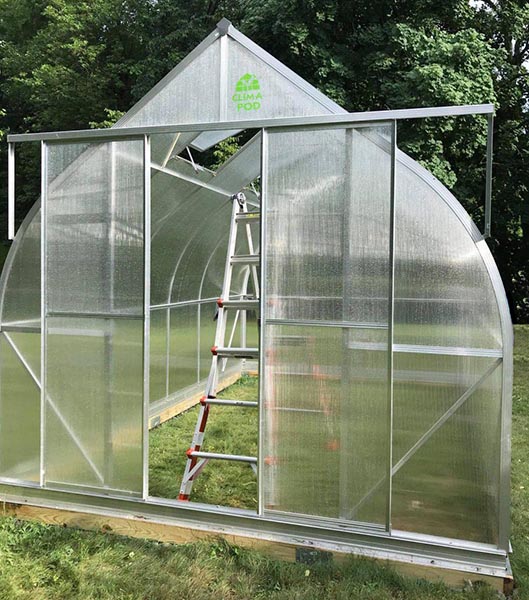The first mention of a product similar to polycarbonate appeared in the 19th century. In 1898, the production of it was first described by the German chemist and inventor of novocaine Alfred Einhorn. Then he worked for the famous organic chemist Adolf von Bayer in Munich and, while searching for an anesthetic from ether, made reactions of carbonic acid chloride with three dioxybenzene isomers in the laboratory and obtained a polymeric carbonic ester in the precipitate – a transparent, insoluble and heat-resistant substance.
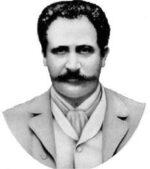
In 1953, Hermann Schnell, a specialist from the German company Bayer, obtained a polycarbonate compound. This polymerized carbonate turned out to be a compound whose mechanical properties were unparalleled among known thermoplastics. In the same year, polycarbonate was patented under the Macrolon brand.
But in the same 1953, just a few days later, polycarbonate was received by Daniel Fox, a specialist from the well-known American company General Electric. A controversial situation has arisen. In 1955, it was solved, and the General Electric company patented the material under the Lexan polycarbonate brand. In 1958, Bayer and then in 1960 General Electric commercialized technically feasible polycarbonate. Subsequently, the rights to Lexan were sold to SABIC (Saudi Arabia).
But it was just a polycarbonate substance. Before the advent of cellular (or cellular) polycarbonate as a sheet material, there were still a long 20 years left.
In the early 1970s, in search of an alternative to heavy and fragile glass, Israel became interested in polycarbonate, whose government actively supported the development of agriculture and animal husbandry in the hot desert. In particular, much attention was paid to greenhouses, which allow growing plants in a microclimate created with the help of drip irrigation. Glass for the manufacture of greenhouses was expensive and fragile, acrylic could not keep the appropriate temperature, and polycarbonate was ideal for this.
Then, together with General Electric (the owners of raw materials for polycarbonate of the Lexan trademark), experiments were carried out on the production of transparent plastic products on the equipment of the company “Polygal Plastics Industries Ltd.” in Ramat HaShofet and Megiddo (Israel). Both companies matched technology to raw materials, and raw materials to technology. So, in Israel, at the Polygal plant in 1976, they received the world’s first polycarbonate honeycomb sheet.


